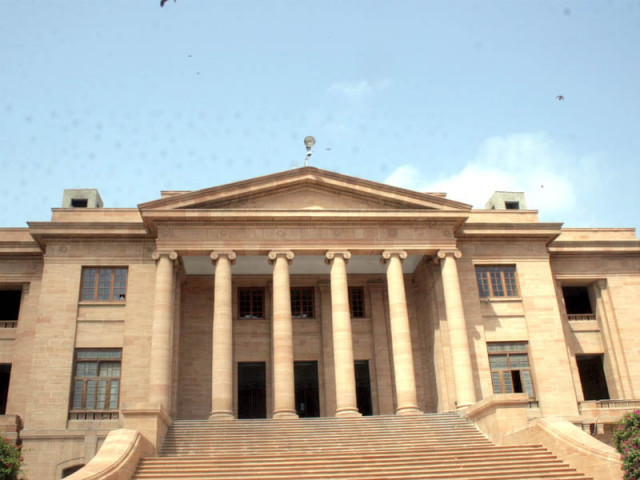
The Sindh High Court (SHC) has directed the attorney general and advocate general of Sindh to look into the possibility of using devices to conduct on-the-spot verification to check the influx of undesired persons at the entry and exit points of the country.
Chief Justice Mushir Alam, who headed the bench, passed this direction during the hearing of a missing persons’ case.
Lawyer Nadeemul Haq claimed that Muhammad Rasheed had disembarked from a coach while travelling to Swat and since then, his whereabouts were unknown to the family.
Chief Justice Mushir Alam, who also heads the high court’s IT committee, noted that during recent interactions with the National Database and Registration Authority, officials had informed him that the authority now had wireless communication devices available that could facilitate law enforcement agencies to maintain a check on the influx at the entry and exit points of the city of Karachi.
Justice Alam observed that this method would prove more effective than video recording which, according to him, was not serving any purpose.
This device, which essentially comprises ‘tablets’, will enable the law enforcers to verify the credentials of any person on board public or private transport vehicles in less than a minute’s time, CJ Alam observed.
The judges felt that at every exit and entry point, ten to 15 or more such devices could be used to check the authenticity and veracity of people entering or exiting the precincts of the city or country for that matter.
They noted that, with the use of technology, the state can check the influx of undesired elements in the cities while absconding accused persons can also be apprehended.
The court directed the attorney general and provincial advocate general to examine the aspects of the scheme and to contact NADRA officials` and law enforcement agencies to see the viability of such protocol and procedure.
Published in The Express Tribune, August 25th, 2013.



















COMMENTS
Comments are moderated and generally will be posted if they are on-topic and not abusive.
For more information, please see our Comments FAQ